$
English
-
EZVIZ H4 2K IP67 Weatherproof Wi-Fi Outdoor Color Night Vision Camera
-
EZVIZ H3c 2K IP67 Weatherproof Wi-Fi Outdoor Camera
-
EZVIZ C1C-B 1080PWi-Fi Smart Home Magnetic Indoor Circle Camera
-
EZVIZ H3 3K IP67 Weatherproof Wi-Fi Outdoor Color Night Vision Camera
-
EZVIZ EB3 2K IP65 Weatherproof Standalone Outdoor Battery Camera (Can Connect with EZVIZ Solar Panel)
-
EZVIZ BC1c 4K IP65 Weatherproof Standalone Outdoor Battery Camera (Can Connect with EZVIZ Solar Panel)
-
EZVIZ EB5 4K IP65 Weatherproof Solar Outdoor Battery Camera (Can Connect with EZVIZ Solar Panel)
-
EZVIZ H1c 1080P Wi-Fi Smart Home Magnetic Indoor Cube Camera
-
EZVIZ H6c Pro 1080P 360° Panoramic Indoor Wi-Fi Color Night Vision Camera
-
EZVIZ H6c Pro 2k+ 360° Panoramic Pan & Tilt Indoor Color Night Vision Camera
-
EZVIZ IP65 Weatherproof Solar Charging Panel 6W
-
EZVIZ IP65 Weatherproof Solar Panel (with Battery Storage) 24W
-
EZVIZ Wall Mount Bracket (For Pan-Tilt and Turret Cameras)
-
EZVIZ SD7 Smart Screen
-
EZVIZ A3 Home Gateway
-
EZVIZ T1C PIR Motion Sensor (Wide-Angle Human Motion Detection)
-
EZVIZ T2C Open/Close Sensor (Anti-Tamper Alarm)
-
EZVIZ T3C Smart Button (Suitable for Solo Living Senior or Children)
-
EZVIZ T51C Temperature & Humidity Sensor
-
EZVIZ T9C IP54 Weatherproof Smart Siren (Tamper Alarm & Anti-Moving Alarm)



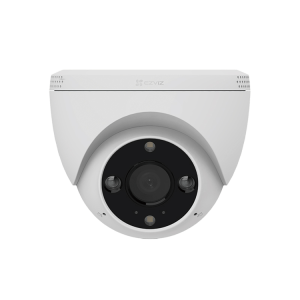
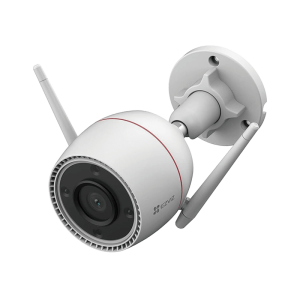


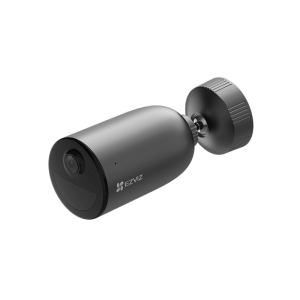
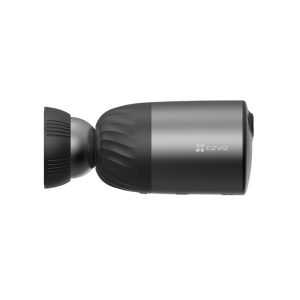
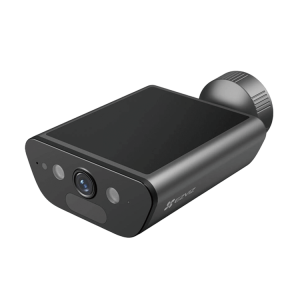
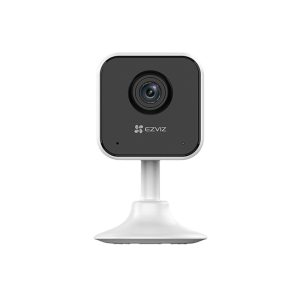
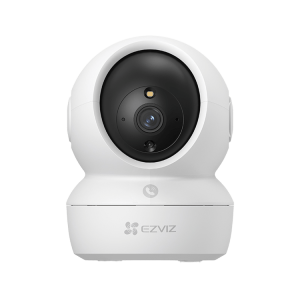
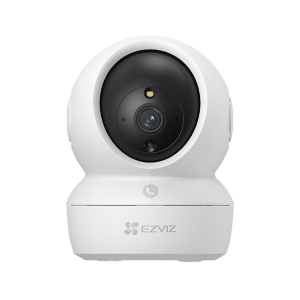
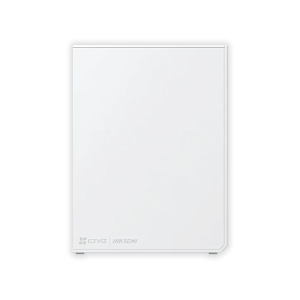
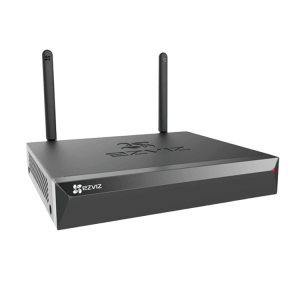
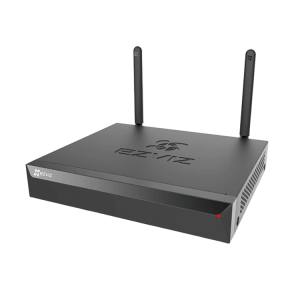



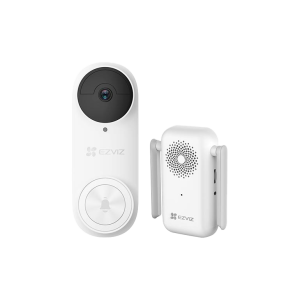
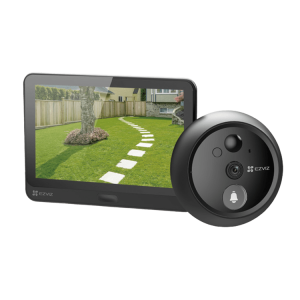
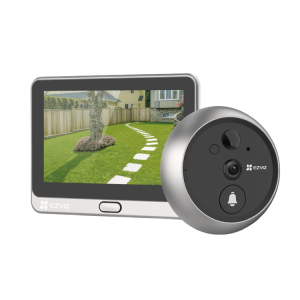
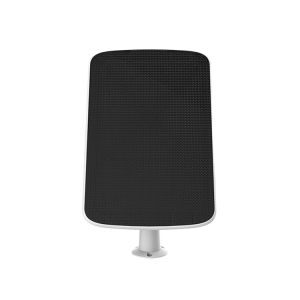


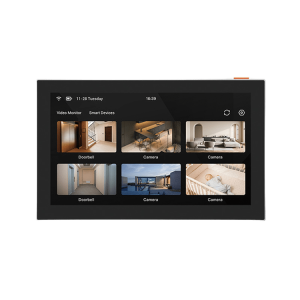
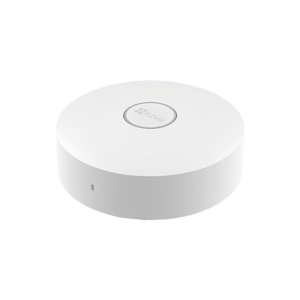

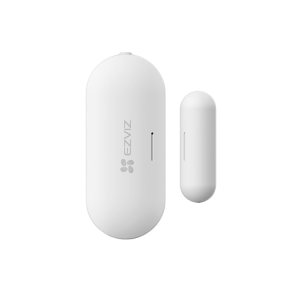
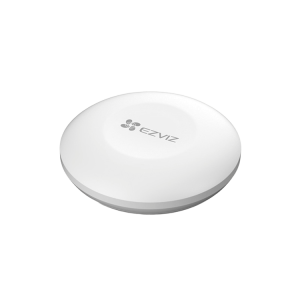
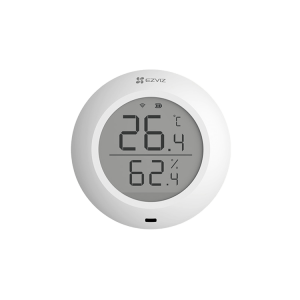
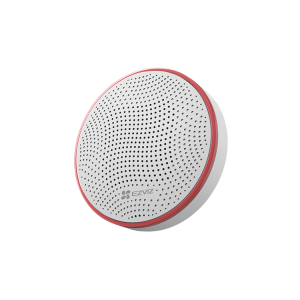
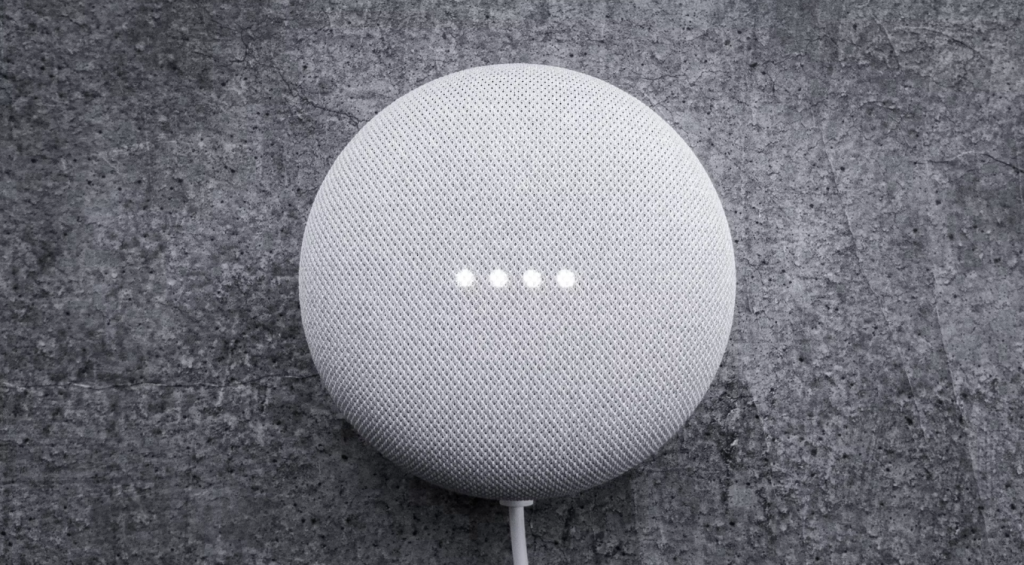


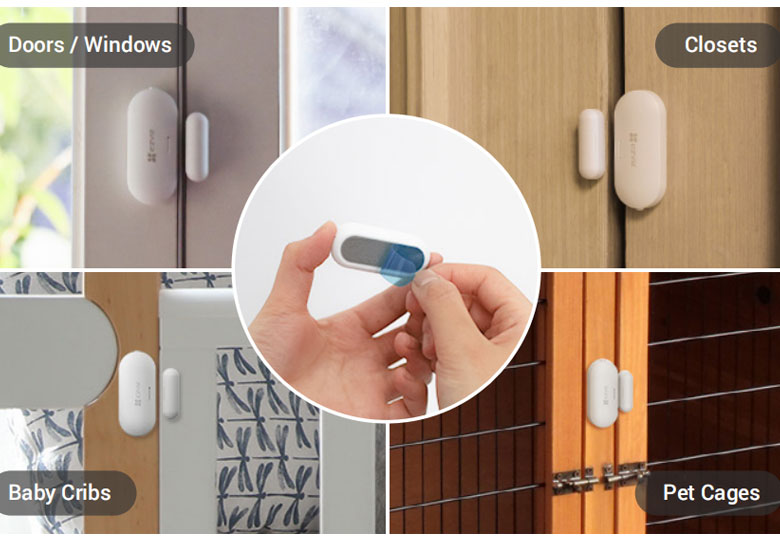




 Login with Google
Login with Google Login with Facebook
Login with Facebook